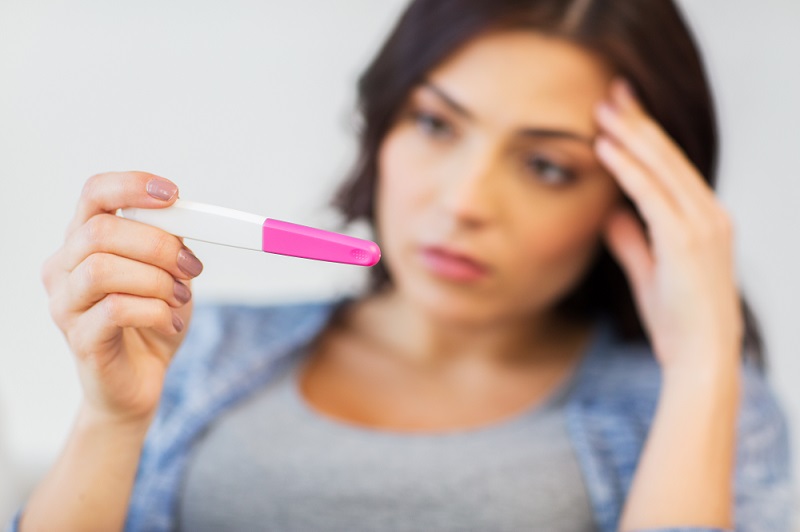
Pathologies That Contribute To Infertility: An Overview.
Infertility affects many couples around the world. In some cases, it can be caused by an easily treatable pathology. In other cases, it may be more difficult to identify the cause of infertility.
In this article, we will discuss 11 pathologies that can contribute to infertility. Knowing about these pathologies can help you and your partner better understand what may be causing your infertility and allow you to seek treatment sooner.
PCOS (Polycystic Ovary Syndrome):
PCOS is a hormonal disorder that can cause enlarged ovaries with small cysts on the outer edges. PCOS is one of the most common causes of infertility. It is estimated that PCOS affects up to 20% of women of childbearing age.
The underlying cause of PCOS is unknown. It is thought to be related to a combination of genetic and hormonal factors.
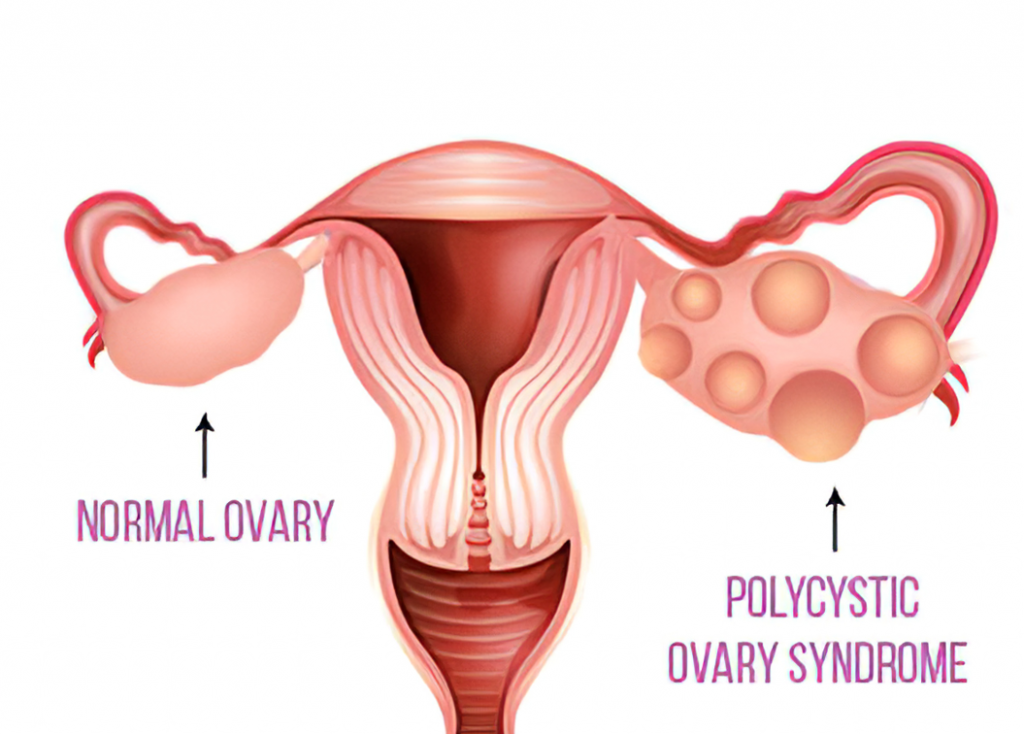
Polycystic ovary syndrome is a condition in which a woman’s hormones are out of balance.
Endometriosis:
Endometriosis is a condition in which the tissue that lines the uterus grows outside of the uterus. This can cause pain, irregular bleeding, and fertility problems. It is estimated that endometriosis affects up to 50% of women with infertility.
There is no one definitive cause of endometriosis. Some women with endometriosis have been found to have a higher-than-normal level of a protein called NF-kB, which has been linked to inflammation.
Hormonal factors may also contribute to the development of endometriosis. Estrogen is known to stimulate the growth of the endometrium, so it’s possible that an imbalance in estrogen levels could lead to the overgrowth of tissue and the development of endometriosis.
Another possibility is that the immune system may play a role in the development of endometriosis.
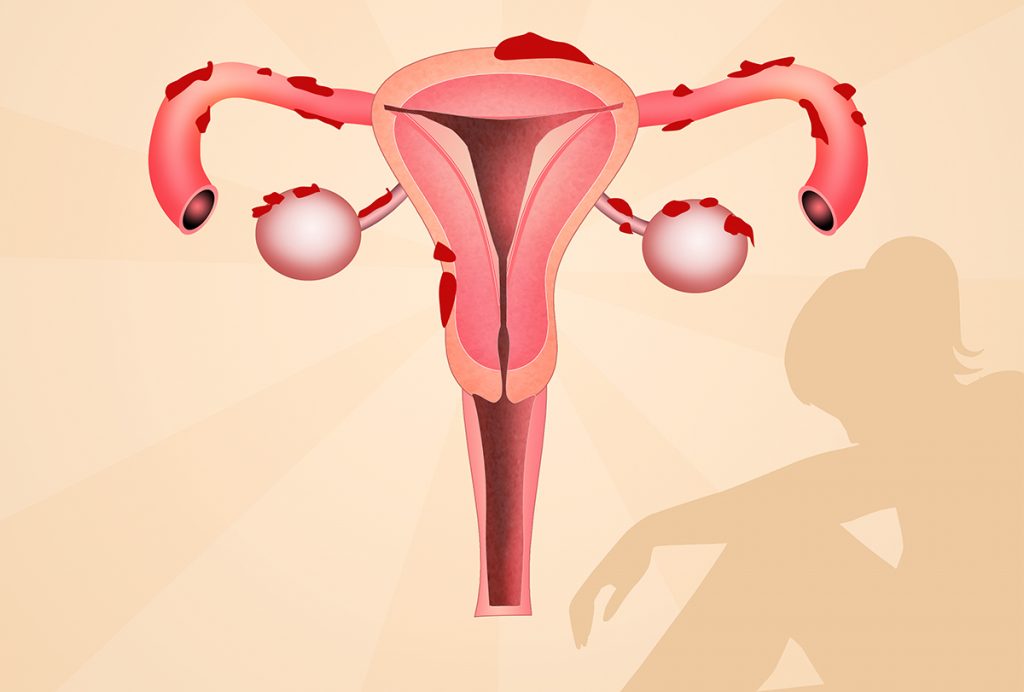
Endometriosis happens when tissue normally found inside the uterus grows in other parts of the body.
Uterine Fibroids:
Uterine fibroids are non-cancerous growths that develop in the uterus. They are relatively common, affecting up to 50% of women over the age of 50. While they are not usually cancerous, they can cause symptoms like heavy menstrual bleeding, pelvic pain, and pressure on the bladder or rectum.
Fibroids can also cause fertility problems by blocking the fallopian tubes or interfering with implantation.
The causes of uterine fibroids are largely unknown. However, certain factors may influence their development such as hormones, genetics, race and body weight.
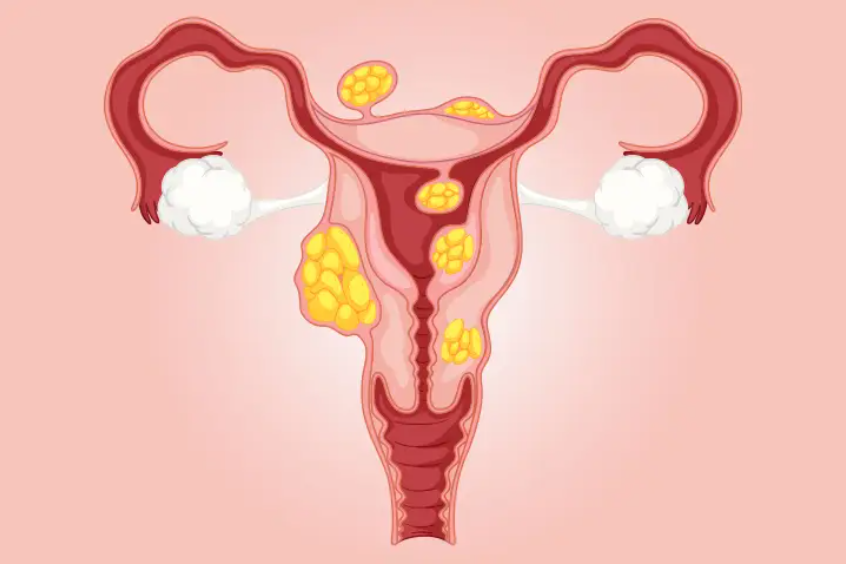
Uterine fibroids are noncancerous growths of the uterus that often appear during childbearing years.
Ovarian Cysts:
Ovarian cysts are fluid-filled sacs that develop on the ovaries. They are common and usually harmless, but can sometimes cause pain, bloating, and irregular bleeding. Ovarian cysts can also interfere with ovulation, which can lead to fertility problems.
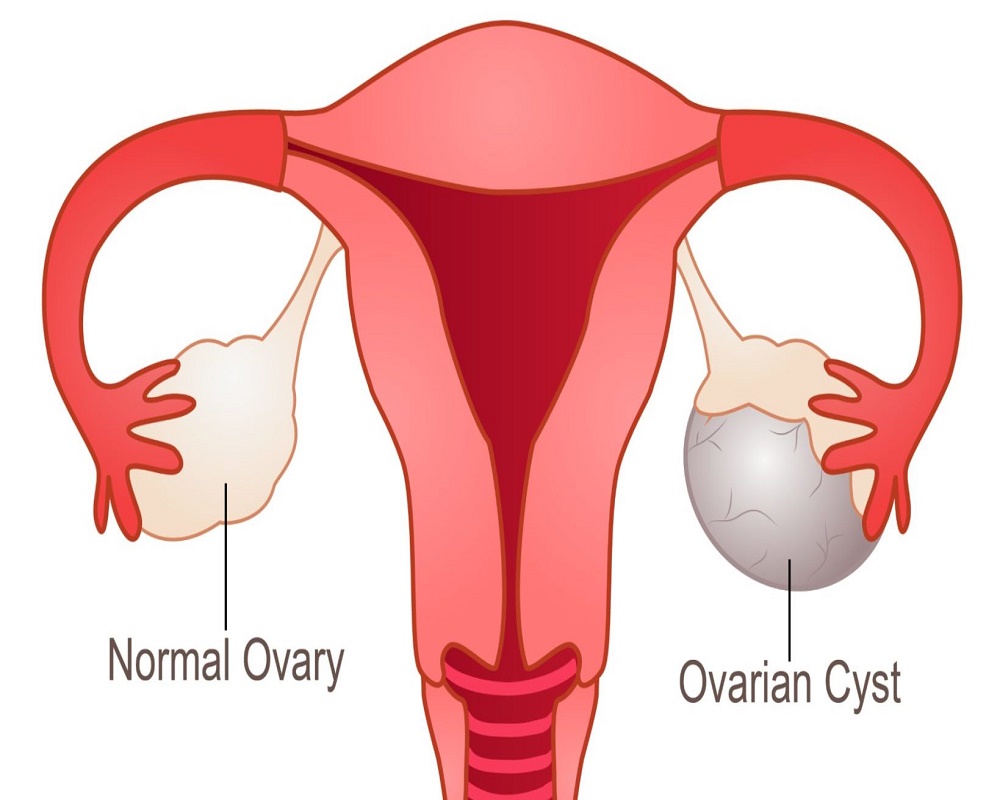
Ovarian cysts are solid or fluid-filled pockets in or on your ovary.
Pelvic Inflammatory Disease:
Pelvic inflammatory disease (PID) is an infection of the reproductive organs that can damage the fallopian tubes and ovaries. PID is a serious condition that can lead to infertility if it is not treated promptly.
Diminished Ovarian Reserve:
Diminished ovarian reserve is a condition in which the ovaries contain fewer eggs than normal. This can be due to aging or other factors such as genetic conditions or previous chemotherapy. Diminished ovarian reserve can lead to difficulties conceiving or early menopause.
Primary Ovarian Insufficiency:
Primary ovarian insufficiency (POI) is a condition in which the ovaries stop functioning properly before the age of 40. POI can cause irregular periods and difficulty conceiving.
Azoospermia:
Azoospermia is a condition in which there are no sperm present in the semen. Azoospermia can be caused by a variety of factors, including genetic conditions, infections, tumors, and certain medications. Azoospermia can be treated with assisted reproductive technologies such as IVF.

Azoospermia is a condition in which there’s no measurable sperm in a man’s ejaculate (semen).
Thyroid Disorders:
Thyroid disorders are another hormonal cause of infertility. The thyroid is a small gland in the neck that produces hormones that regulate metabolism. If the thyroid gland is not functioning properly, it can cause problems with ovulation and implantation.
Hyperprolactinemia:
Hyperprolactinemia is a condition in which there is too much prolactin in the blood. Prolactin is a hormone that stimulates milk production in pregnant women. However, high levels of prolactin can interfere with ovulation and fertility.
Sexually Transmitted Infections:
Sexually transmitted infections (STIs) can damage the reproductive organs and cause infertility. STIs such as chlamydia and gonorrhea are a common cause of pelvic inflammatory disease (PID), which can damage the fallopian tubes and ovaries.
Consult Your Doctor
Infertility is a complex problem that can have many causes. If you are struggling to conceive, it is important to talk to your doctor about possible causes and treatment options.
With the help of modern medicine, many couples are able to overcome infertility and have a healthy pregnancy.
If you think you may be suffering from any of the pathologies mentioned in this article, please do not hesitate to contact your doctor.


Leave a Reply